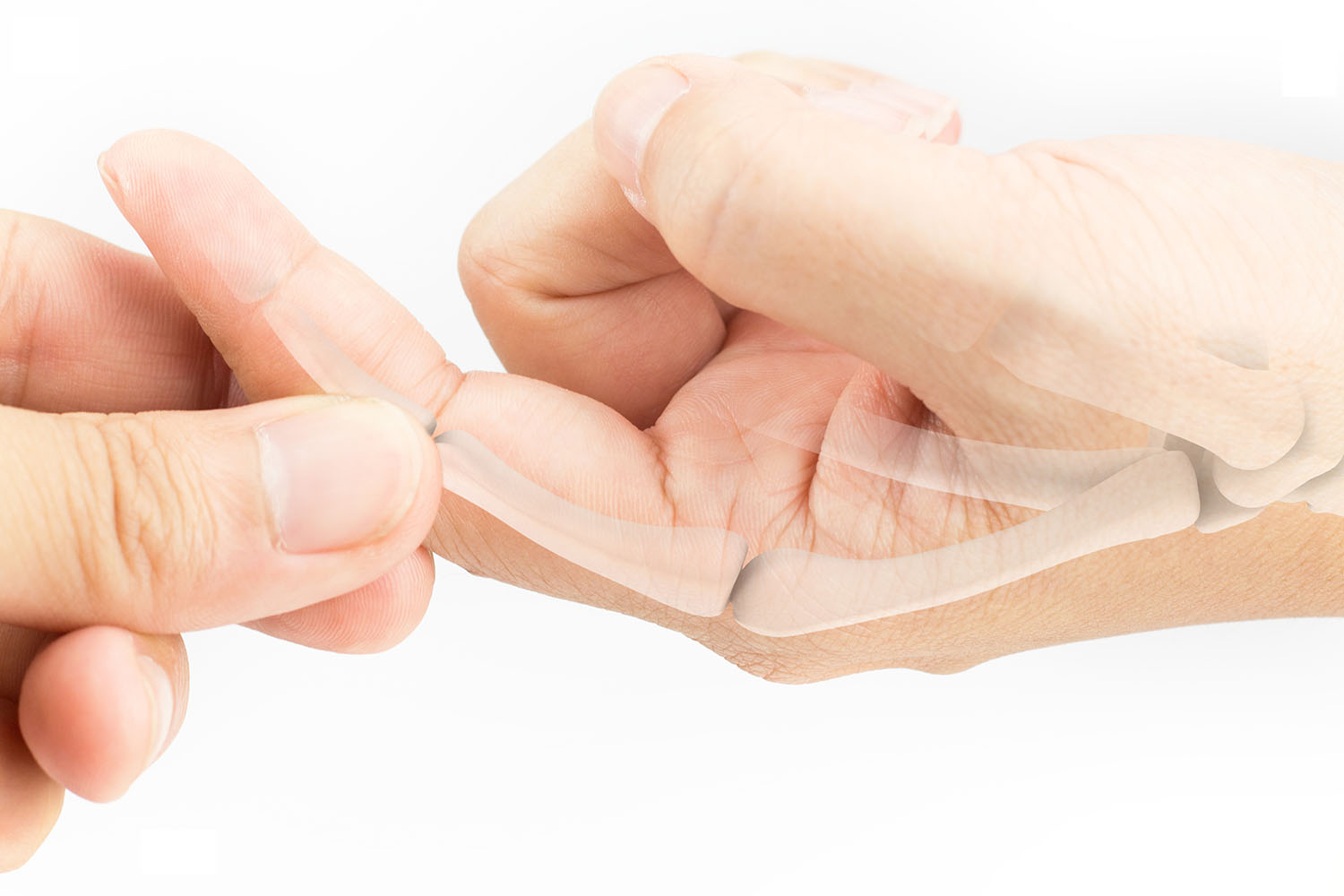Overview
When we think about the human skeletal system, our minds often jump to the more prominent bones: the skull, spine, or femur. However, the smaller, less talked-about bones, such as the phalanges, play an equally crucial role in our daily lives. The phalanges, the bones in our fingers and toes, are essential for tasks requiring dexterity and balance. This blog delves into the fascinating structure, function, and significance of the phalanges, drawing from international research to provide a comprehensive understanding.
What are Phalanges?
Phalanges are the bones that make up the fingers and toes. Each finger and toe (with the exception of the thumbs and big toes) consists of three phalanges: the proximal, middle, and distal phalanges. The thumb and big toe each have two phalanges: the proximal and distal. This structure allows for a wide range of motion and flexibility, enabling humans to perform intricate tasks with their hands and maintain balance with their feet.
The Structure of Phalanges
The phalanges are categorized into three types:
- Proximal Phalanges: These are the bones closest to the hand or foot. They form the base of the fingers and toes.
- Middle Phalanges: Located between the proximal and distal phalanges, these bones are absent in the thumbs and big toes.
- Distal Phalanges: These are the bones at the tips of the fingers and toes, forming the points that we use to touch and interact with our environment.
The unique arrangement of the phalanges allows for the wide range of motion necessary for grasping objects, typing, walking, and running.
The Role of Phalanges in Human Evolution
Research from the University of Zurich highlights the evolutionary significance of phalanges. Early hominins, our ancient ancestors, developed longer and more curved phalanges, particularly in the fingers, which were adapted for climbing and brachiation (arm swinging). Over time, as humans evolved to become bipedal and started using tools, the phalanges became shorter and straighter, enhancing our ability to perform precise and fine motor skills.
Phalanges in Modern Medicine
Understanding the structure and function of phalanges is crucial in modern medicine, particularly in orthopedics and rehabilitation. Injuries to the phalanges, such as fractures, can significantly impair hand and foot function. According to a study published in the Journal of Orthopaedic Research, prompt and appropriate treatment of phalangeal fractures is essential for restoring full function. Treatments range from splinting and casting to surgical interventions, depending on the severity of the injury.
Phalanges and Technology
Advancements in technology have furthered our understanding of the phalanges. High-resolution imaging techniques, such as MRI and CT scans, provide detailed views of these bones, aiding in the diagnosis and treatment of various conditions. Moreover, the development of prosthetics and robotic hands mimics the intricate movements of human phalanges, offering improved quality of life for individuals with limb loss.
Cultural and Anthropological Perspectives
Phalanges also hold cultural and anthropological significance. For instance, the study of ancient phalanges can reveal insights into the daily activities, health, and even the social structures of past civilizations. In many cultures, fingers and toes, and by extension, phalanges, have symbolic meanings. For example, in some Asian cultures, the length and shape of phalanges are believed to indicate certain personality traits or fortunes.
The phalanges, though small, are integral to human function and evolution. They enable us to perform a myriad of tasks that define our daily lives, from the mundane to the extraordinary. International research continues to uncover the complexities of these bones, enhancing our understanding and improving medical treatments. As we appreciate the intricate design and essential role of the phalanges, we also gain a deeper appreciation for the marvel that is the human body.
Whether through the lens of medicine, technology, or anthropology, the study of phalanges provides valuable insights into what it means to be human. So next time you use your hands or walk a few steps, take a moment to appreciate the incredible bones that make it all possible—the phalanges.



